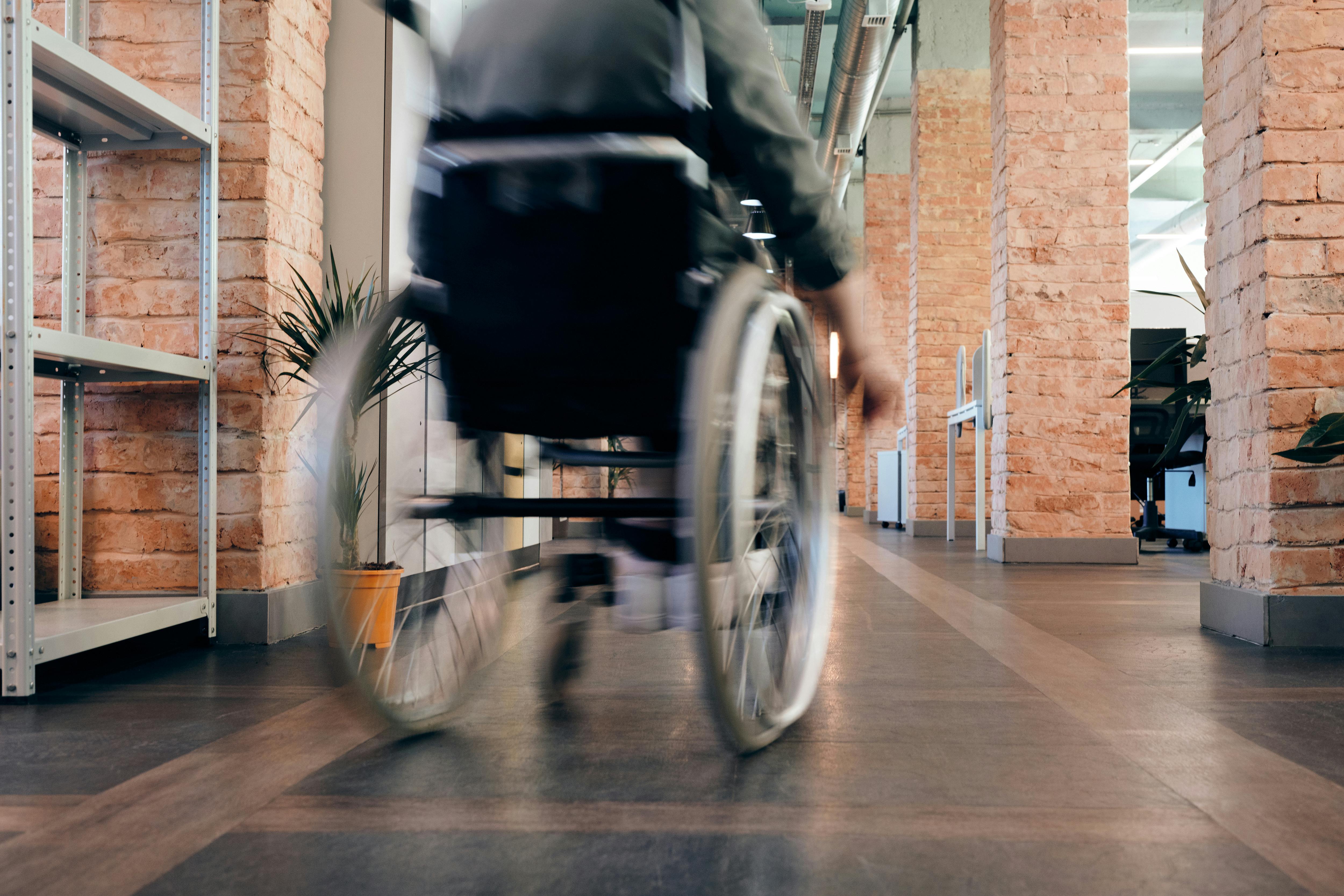Adapting your home for accessibility is an essential step to ensure safety, comfort, and independence for individuals with disabilities or mobility limitations. This post is a roundup of great ideas and avenues to make accessibility improvements to your home, helping to create a functional and welcoming environment for everyone.
Assessing Your Needs
Before starting any modifications, it’s crucial to assess the specific needs of those living in the home. Accessibility isn’t a one-size-fits-all approach—it varies based on physical limitations, sensory challenges, and personal preferences. By carefully evaluating current and future needs, you can tailor the modifications to make your home both functional and comfortable.
-
Evaluate any current or potential future mobility limitations.
-
Consult with occupational therapists or accessibility experts to identify the best adjustments for your home.
-
Consider both mobility and sensory limitations to ensure all areas are properly addressed.
 Modifying Entryways and Exits
Modifying Entryways and Exits
One of the first areas to address is how easily someone can enter and exit the home. Modifying entryways and exits can have a significant impact on accessibility, ensuring that everyone can move freely in and out of the house. Consider these changes to enhance the ease of access:
-
Install wheelchair-friendly ramps with a gentle slope (1:12 ratio).
-
Widen doorways to at least 32 inches for easy wheelchair access.
-
Switch out traditional doorknobs for lever-style handles to allow for easier operation, especially for those with limited hand dexterity.
-
Consider installing automatic door openers for main entrances to further improve accessibility.
 Enhancing Mobility Inside the Home
Enhancing Mobility Inside the Home
Once inside the home, it’s essential to ensure that movement between rooms is as seamless and safe as possible. Enhancing interior mobility can help individuals navigate their environment with greater ease and confidence, reducing the risk of accidents or frustration.
-
Widen hallways to at least 36 inches.
-
Remove tripping hazards like area rugs or mats.
-
Install non-slip flooring throughout the home to improve safety.
-
Ensure smooth transitions between rooms by eliminating door thresholds.
 Adapting the Kitchen
Adapting the Kitchen
The kitchen is one of the most frequently used areas of the home and can present many challenges for individuals with mobility limitations. Adapting the kitchen allows everyone to use the space efficiently, ensuring that meal preparation and daily tasks are as easy and enjoyable as possible.
-
Lower countertops to 29 inches for wheelchair users.
-
Install pull-out shelves and rotating lazy Susans in cabinets for easier reach.
-
Choose appliances with front-mounted controls for easy access.
-
Provide adequate clearance beneath sinks and cooktops for those in wheelchairs.
 Modifying Bathrooms for Safety
Modifying Bathrooms for Safety
Bathrooms are one of the most critical areas of the home to modify for accessibility. Since they often have slick surfaces, making the bathroom safe and easy to use is a top priority. Simple changes can make a big difference in enhancing bathroom safety and independence.
-
Install grab bars near toilets and showers to improve stability.
-
Replace standard toilets with raised-height models for easier use.
-
Convert bathtubs into roll-in showers equipped with handheld showerheads.
-
Wall-mounted sinks provide better accessibility for wheelchair users, as they offer ample knee room underneath.
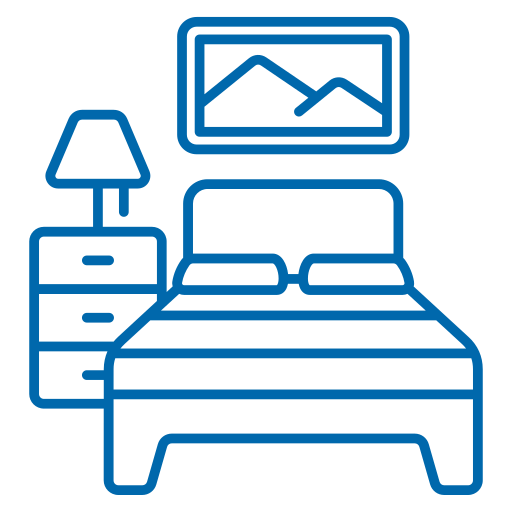 Improving Bedroom Accessibility
Improving Bedroom Accessibility
A safe and accessible bedroom promotes restful sleep and ensures that individuals can move freely and independently within their personal space. By making certain adjustments, you can transform the bedroom into a space that fosters comfort and safety.
-
If possible, arrange a bedroom on the ground floor to avoid the need for stairs.
-
Incorporate adjustable beds to make getting in and out of bed easier.
-
Ensure closets and shelves are at accessible heights to foster independence.
 Reducing Night Time Interruptions
Reducing Night Time Interruptions
For those struggling with limited mobility, nighttime can pose unique challenges. The Freedom Bed offers an innovative solution, eliminating the need for manual turning and preventing complications from immobility, such as pressure injuries (bed sores). This lateral rotation bed not only enhances sleep quality but also reduces the risk of skin breakdown and improves overall health by relieving pressure points regularly throughout the night. It’s a critical addition for individuals looking to maintain their independence and reduce reliance on caregivers for nighttime assistance turning.
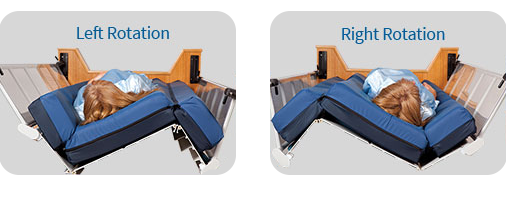
 Improving Lighting and Controls
Improving Lighting and Controls
Proper lighting and accessible controls can significantly improve safety and ease of movement throughout the home, particularly for those with vision or mobility impairments. Simple adjustments to lighting and control placement can have a big impact.
-
Install bright, glare-free lighting in all areas.
-
Lower light switches to an accessible height (typically around 48 inches from the floor).
-
Motion-sensor lights are particularly helpful for nighttime navigation.
-
Implement smart home technology with voice-activated controls to simplify tasks like turning on lights or adjusting the thermostat.
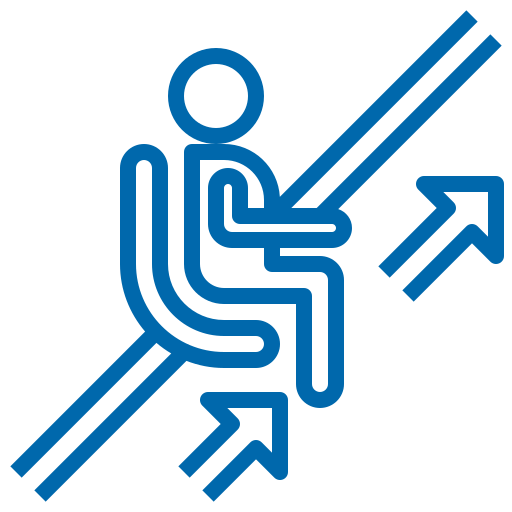 Addressing Vertical Mobility
Addressing Vertical Mobility
For homes with multiple levels, vertical mobility is essential to address. Stairs can be a significant barrier, but there are several solutions to help individuals move easily between floors.
-
Installing stairlifts to make moving between floors easier.
-
If budget allows, a residential elevator can significantly improve accessibility and convenience.
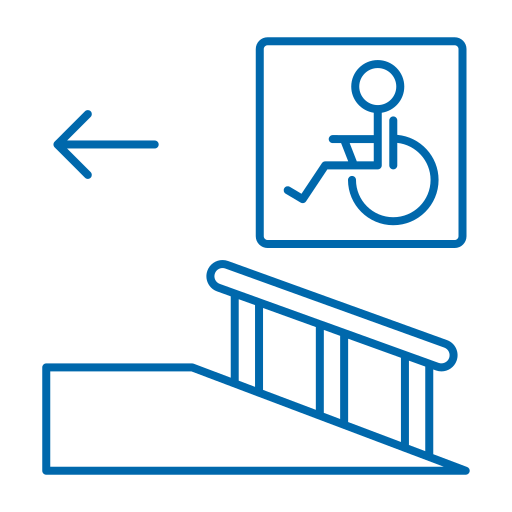 Outdoor Accessibility
Outdoor Accessibility
Accessibility doesn’t stop at the front door—making outdoor spaces usable and safe is just as important as modifying the interior. Considerations for gardens, patios, and pathways can make outdoor living areas enjoyable and functional.
-
Create level, wheelchair-friendly pathways around the property.
-
Install proper lighting outside for safe movement after dark.
-
For garden enthusiasts, consider raised garden beds that are easier to reach.
 Safety Considerations
Safety Considerations
In addition to mobility modifications, enhancing the safety features of your home is essential to create a secure environment. By considering the needs of individuals with sensory or physical impairments, you can improve overall home safety.
-
Install smoke detectors with visual alerts for individuals with hearing impairments.
-
Use contrasting colors on walls and floors to improve visibility for those with vision impairments.
-
Make sure all emergency exits are easily accessible in case of a fire or other emergencies.
Conclusion
Adapting your home for accessibility is more than just making adjustments—it’s about improving the quality of life and fostering independence. Whether it's widening doorways, installing ramps, or adding assistive technology, these thoughtful changes will help create a safer, more comfortable living environment.

